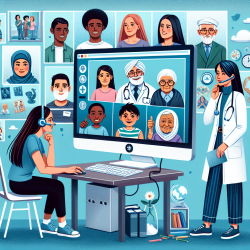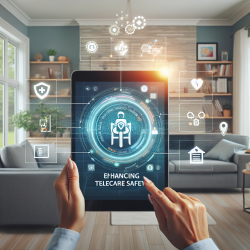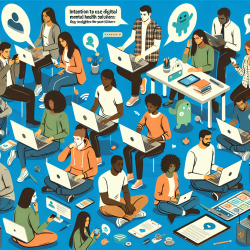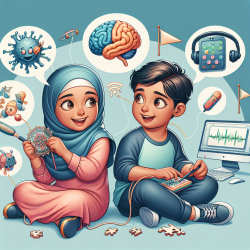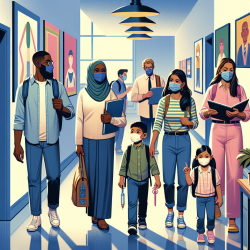Telepractice, the application of telecommunications technology to deliver speech-language pathology services, has been gaining traction as an effective way to bridge gaps in healthcare delivery. This blog explores how student clinicians can improve their skills by implementing telepractice, particularly when working with culturally and linguistically diverse populations, as demonstrated in the research article "A Pedagogical Note: Use of Telepractice to Link Student Clinicians to Diverse Populations."
Understanding the Need for Cultural Competence
The American Speech-Language-Hearing Association (ASHA) mandates that student clinicians must complete 400 clock hours of supervised clinical experience, including work with culturally and linguistically diverse populations. This is crucial given the increasing diversity in schools and communities. Studies indicate that students often feel unprepared to work with multicultural populations, highlighting the need for immersive experiences.
The Role of Telepractice
Telepractice can provide these essential experiences by connecting student clinicians with diverse populations, regardless of geographical limitations. This was exemplified in a pilot project described in the research article, where speech-language pathology students from Stockton University provided services to preschool children from diverse backgrounds via telepractice.
Key Findings from the Pilot Project
The pilot project involved eight undergraduate speech-language pathology students who provided telepractice services to four preschool-aged children. The outcomes were promising:
- All children showed improvement in their speech and language objectives.
- Student clinicians reported high satisfaction and increased familiarity with telepractice.
- Students felt more comfortable working with multicultural populations.
Benefits of Telepractice
- Accessibility: Telepractice allows for service delivery to underserved populations.
- Cost-Effective: Reduces travel time and expenses for both clients and clinicians.
- Enhanced Learning: Provides real-world experience in a controlled, supervised setting.
Challenges and Limitations
The project did face some challenges, such as limited bandwidth and initial facilitator turnover. However, these were mitigated by strategic adjustments, including involving a local university student as a facilitator.
Conclusion
Telepractice holds significant promise as a tool for enhancing the clinical training of future speech-language pathologists. By providing direct experience with diverse populations, telepractice not only helps meet certification requirements but also boosts student clinicians' confidence and proficiency. To read the original research paper, please follow this link:
A Pedagogical Note: Use of Telepractice to Link Student Clinicians to Diverse Populations.
